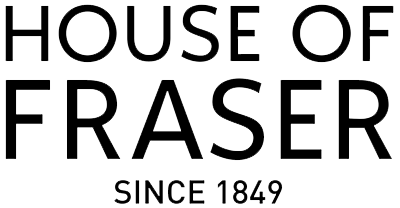From collecting vinyl to home baking, retro pastimes are firmly back in fashion, and one retailer sitting firmly in that sweet spot is Hobbycraft.
Television programmes like The Great Interior Design Challenge and The Great British Sewing Bee have brought the ‘make do and mend’ philosophy into consumer consciousness, and the arts and craft supplier is determined to place its brand at the heart of this movement.
“The future is building a crafting community,” Hobbycraft’s CEO, Catriona Marshall, explained at the British Retail Consortium (BRC) Symposium. “We don’t sell products; we sell ideas.”
And there are plenty of ideas to share among the Hobbycraft Club, the retailer’s 1.9 million-strong member group. Its success is particularly striking considering the club had a £150,000 budget and 16-week set up time, yet it now regularly hits 40% open rate and 10% click through rate on its email campaigns.
This level of engagement has been hard fought by Hobbycraft. Established as a family-run business 20 years ago, the brand’s out-of-town retail park locations fell out of favour with the rise of ecommerce and, though its core customer base remained staunchly loyal, it needed a sharp injection of mass market appeal.
Taking crafting mainstream involved investment at the front and back end of the business. Hobbycraft started with its in-store proposition, repositioning on value and making its pricing more competitive. It also made layout and merchandising changes; today, Hobbycraft has more £1 items for sale than Poundland.
But more than that, the store has now become the social centre for its business – it hosts children’s activities, birthday parties, and taster workshops on everything from fused glass artwork to cupcake decoration.
Behind the scenes, supply chain was a major focus. Updates to the system took a lot of work out of the stores, simplifying pricing and stock checking, and enabling deliveries to be made out of hours, so that store associates could focus on the customer.
Speaking of which, customer value and personalisation is very important element in Hobbycraft’s success. Front-line staff are now given dashboard analytics that show customer spend, so they can invite their most valuable shoppers to in-store events. The brand is also a big fan of ‘random acts of kindness’ to increase satisfaction levels.
Throughout this transitional period, balancing mass market appeal and getting customers to trade up and purchase higher ticket items has been a key concern for Hobbycraft. This balance has been struck, if its growth plans are anything to go by: Hobbycraft plans to open four stores this year, and at least eight next year.
In fact, Marshall sees a scenario in which Hobbycraft could run a network of 200 stores in the UK, firmly cementing its position at the heart of the crafting community.



















